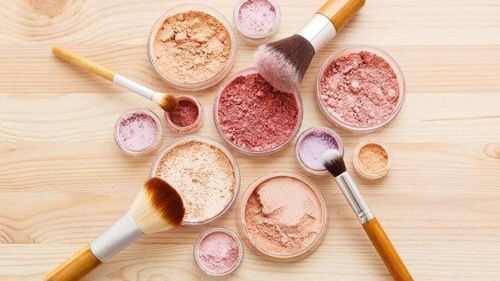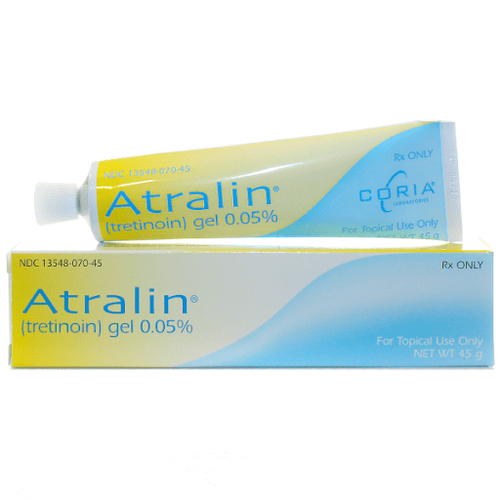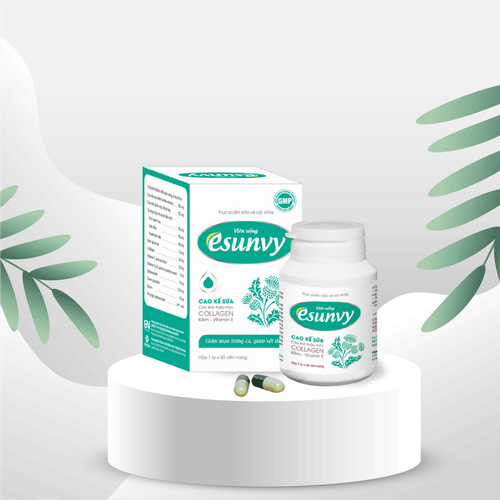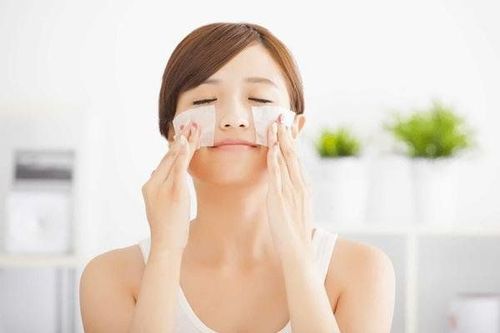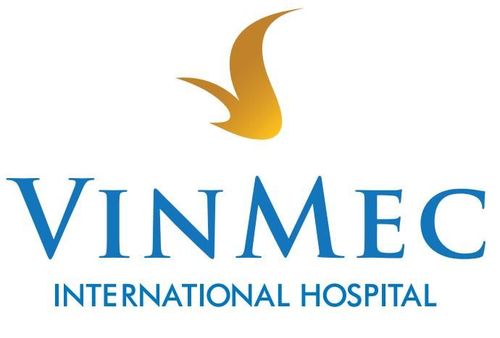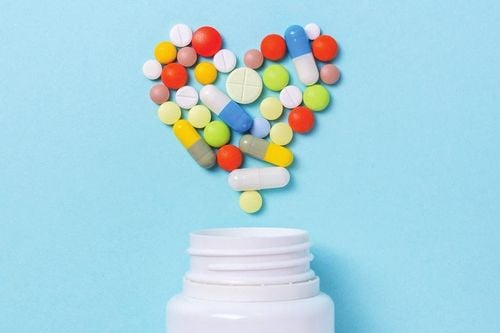This is an automatically translated article.
Acne is one of the "obsessions" of many young people in puberty. It can cause mild to severe acne conditions, and greatly affect quality of life. Diet can also be the main cause of acne, so to have acne-free skin, you should pay attention to the foods you eat every day.
1. What is acne?
Acne is one of the common skin problems, which can cause the formation and appearance of cystic acne on the surface of the skin. In general, these "ugly" pimples can appear on any area of the body, most commonly on the neck, face, shoulders, and back.
The main cause of acne is hormonal changes in the body. Therefore, it often affects young children or people who have gone through puberty.
Usually, acne spots can disappear on their own without treatment, however, sometimes there are some types of acne after disappearing again and appear more dense. Although acne does not seriously affect health, it often causes unsightly and uncomfortable feelings and low self-esteem for people with acne. In severe cases, acne can leave scars on the skin.
Treatments for acne, including medication or over-the-counter treatments, can be selected based on the condition and severity of the acne.
2. What causes acne?
Normally, the surface of our skin will be covered with small pores linked to the sebaceous glands below the skin. Through the hair follicles, the sebaceous glands will carry out the task of bringing sebum to the surface of the skin, while removing dead skin cells.
Acne will appear on the skin when the pores become clogged with excess oil, dead skin cells or bacteria. In particular, during puberty, the oil glands can be strongly stimulated by hormonal hormones in the body, causing them to produce more oil on the skin and increase the risk of acne.
Dermatologists often divide acne into three main types, including:
Blackhead: A condition in which a pore is open, but has become blocked. They usually manifest as tiny black spots on the surface of the skin. Whiteheads: These are clogged and closed pores that look like hard bumps and are often white. This type of acne appears mainly on areas such as the chin, nose wings or forehead. Pimples: Occurs when pores open, allowing excess oil, dead cells or bacteria to enter under the skin. These pimples often appear as red bumps or white pus on top due to the body's response to harmful bacteria.
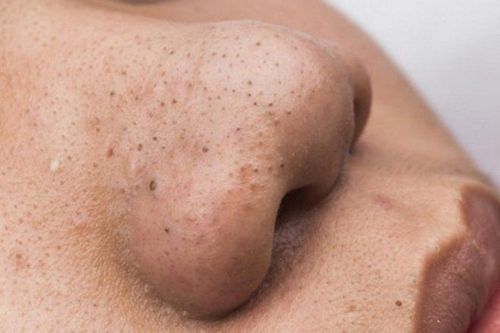
Hình ảnh mụn đầu đên tại khu vực vùng mũi của phụ nữ
3. What does diet have to do with acne?
In addition to the main cause of hormonal changes in the body, in fact, your daily diet can also be an important factor affecting your skin. When your blood sugar rises rapidly, the body produces more insulin hormone in the blood. This can stimulate the skin's oil glands to produce more oil, increasing the risk of acne. On the other hand, your diet can also affect the production of insulin in the body. Here are some foods that can cause blood sugar and insulin spikes, including:
White rice. Pasta. Street. White bread. These foods are all carbohydrates with a high glycemic index. Mostly, they are made from simple sugar. In addition to these foods, some studies also show that eating chocolate can make acne worse, however, it only affects certain people.
In addition, researchers have been actively looking for a link between the diet and acne. Western diets often include foods with a high glycemic index, containing trans fats, saturated fats, or dairy products. These foods can stimulate the body to produce many hormones that cause excess sebum on the skin. Additionally, researchers have found that a Western-style diet can make inflammation worse, contributing to an increase in acne-related problems.
4. Foods that can cause acne on the skin
As we enter puberty, the body tends to produce more insulin-like growth factor 1, also known as IGF-1. This hormone can stimulate increased sebum production and make acne symptoms worse.
A number of recent studies have shown that foods contribute to an increase in IGF-1 levels in the body, including:
Foods with a high glycemic index (GI) and high starch absorption index (GL). Dairy products, such as cheese, milk, yogurt and ice cream. Food has been processed. High GI foods may include:
Breakfast cereals high in sugar, for example cereals with bran and cornmeal. White bread. Instant cereals. Pasta made from rice. Short grain white rice. Fast food, such as rice cakes, cookies, and popcorn. Several types of vegetables, including pineapples, melons, potatoes, and pumpkins. Currently, many people still believe that eating a lot of greasy food can lead to acne. Actually not so, the reason the skin is oily is due to the overactivity of the sebaceous glands, not the fats and oils in the food.

Sử dụng đồ ăn nhanh như bánh quy có thể gây mụn
5. What foods are good for acne skin?
To reduce the risk of acne formation and development, you should consume foods with a low glycemic index made from complex carbohydrates. Foods that are high in these carbohydrates typically include whole grains, unprocessed fruits and vegetables, and legumes.
In addition, you should also choose foods that contain beneficial ingredients for the skin such as vitamin A, vitamin E, zinc and antioxidants.
Here are some foods that are considered skin-friendly that you should add regularly to your diet.
5.1. Kale It can be said that kale is a great choice for people with acne-prone skin. This vegetable provides a lot of nutrients that are beneficial to the skin, such as vitamins A, B6, C, and K, and other essential minerals such as magnesium, potassium, manganese, calcium and copper. These are all nutrients that have the ability to reduce the formation of melanin on the skin, helping to even out your skin tone. The vitamin C in kale helps the body produce more collagen, thereby promoting the quick recovery of acne scars by speeding up cell turnover. Every morning, make your own kale smoothie, or eat sautéed kale for lunch or dinner.
5.2. Lemon Fresh lemon juice acts as a natural astringent, helping to improve sagging skin and fade dark spots on the skin. However, applying lemon juice directly to the skin is often not recommended by experts because it is too acidic. This can damage the skin's natural barrier, it only lightens later and darkens if exposed to the sun.
However, when you squeeze lemon juice and lemon peel into dishes like salads, or combine with other dishes, it can bring many benefits to your health in general and your skin in particular.
5.3. Legumes Some legumes like kidney beans, chickpeas, peanuts and lentils are generally low on the glycemic index, so they help control blood sugar levels more stably, thereby reducing flare-ups. and more acne. For a nutritious dish and improve your skin, you can add the above beans to dishes such as salads, soups or stews.
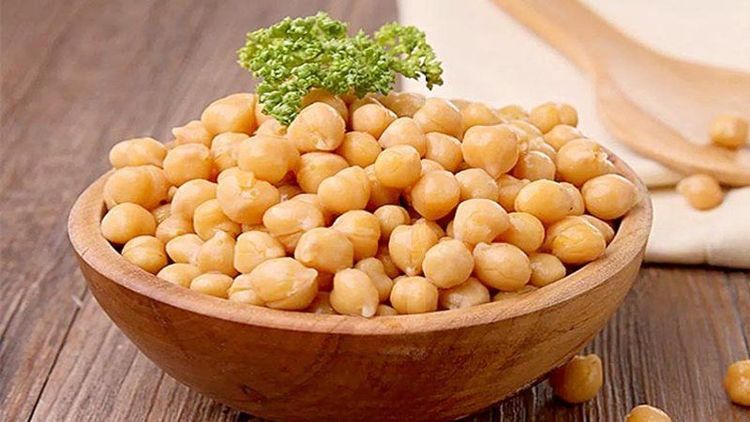
Đậu gà là một trong các loại đậu có chỉ số đường huyết thấp
5.4. Cauliflower Green vegetables and fruits often provide more health benefits, cauliflower is no exception. This cruciferous vegetable is high in histidine, a powerful amino acid that helps block the damage of ultraviolet rays on your skin, thereby preventing the appearance of dark spots.
In addition, cauliflower also contains many other vitamins and minerals, such as vitamins B6, C and K, fiber, phosphorus, magnesium and folate.
5.5. Papaya In papaya contains papain - a digestive enzyme, which helps bring many benefits to your skin, including:
Unclogs pores. Kill death celk. Fades acne scars and prevents breakouts. Moisturize the skin. On the other hand, the vitamins and minerals found in this "multi-purpose" fruit also help improve skin elasticity levels, thereby minimizing the appearance of wrinkles on the skin.
5.6. Quinoa In one cup of cooked quinoa contains up to 17-27 grams of fiber, which helps prevent and improve your constipation. In addition, eating a lot of quinoa seeds also helps you increase the frequency of urination, thereby eliminating harmful toxins from the body, making your skin brighter, less acne and dark spots. You can use quinoa as a substitute for flour when making baked goods and cookies, or add them to salads for a snack.
5.7. Berries Berries including cherries, strawberries, blueberries, raspberries and blackberries are all excellent sources of antioxidants and vitamin C. According to research, vitamin C has the effect of blood circulation, is a powerful "weapon" to help prevent darkening of the skin, while the antioxidants in berries have the ability to fight the formation of dark spots. form of "ugly" dark spots on the skin.
Some other health benefits of berries include:
Lowers cholesterol. Improve brain health. Reduce your risk of heart disease and diabetes. Stabilize blood sugar levels. Urinate frequently. 5.8. Sweet potatoes In sweet potatoes contain beta-carotene, after eating, the body will be converted into vitamin A. This vitamin will act as a barrier to protect the skin from dullness, clogging of pores and the appearance of wrinkles. inflammation caused by free radicals.
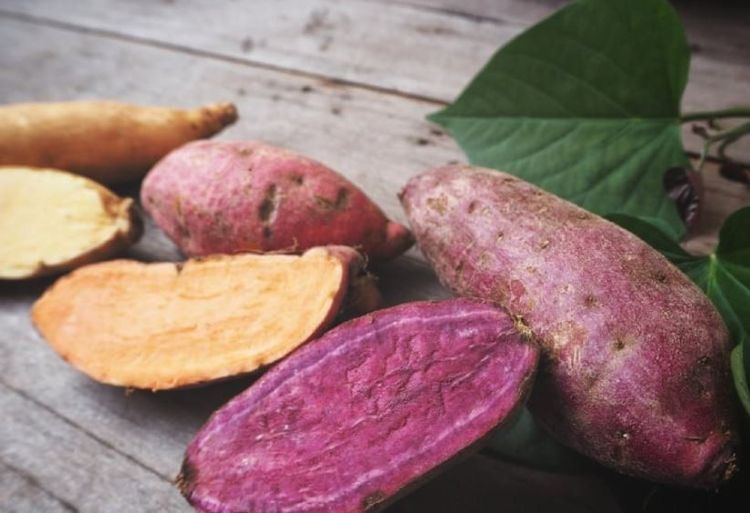
Khoai lang là thực phẩm rất tốt cho da mụn
6. Some tips to help treat acne
To treat acne, you can use prescription or over-the-counter medications. Ideally, you should consult a doctor to choose an acne treatment course that is suitable for your condition.
Here are some tips to help you control and treat your stubborn acne:
Wash your face twice a day and after sweating or playing sports. Wash your hair often, especially when it's oily. Use gentle, oil-free skin care products or cosmetics. Avoid scratching, squeezing or touching the pimple. Avoid exposing your skin to the sun for a long time. In addition, you should also limit stress because it can stimulate the body to produce more androgen hormones that cause sebum secretion on the skin and lead to acne formation.
Please dial HOTLINE for more information or register for an appointment HERE. Download MyVinmec app to make appointments faster and to manage your bookings easily.
Reference sources: medicalnewstoday.com, healthline.com



